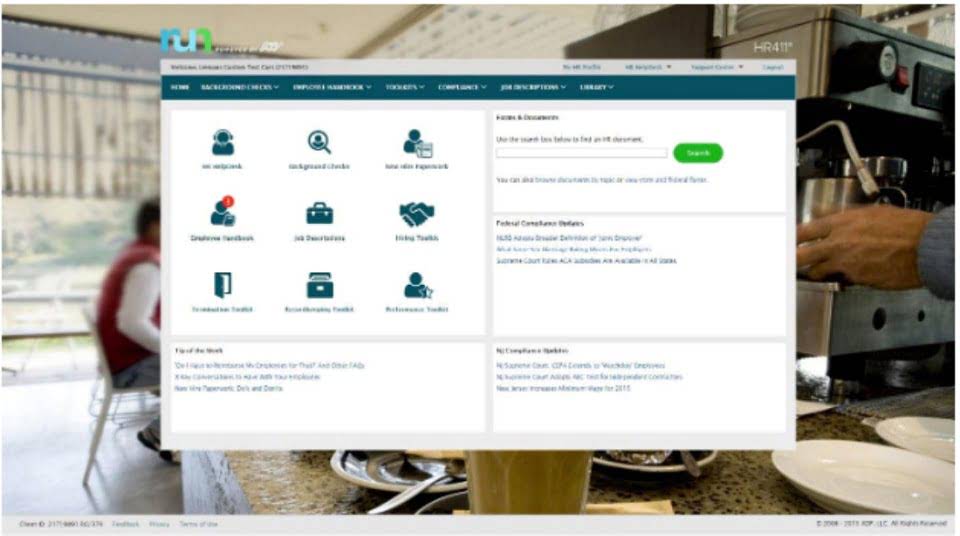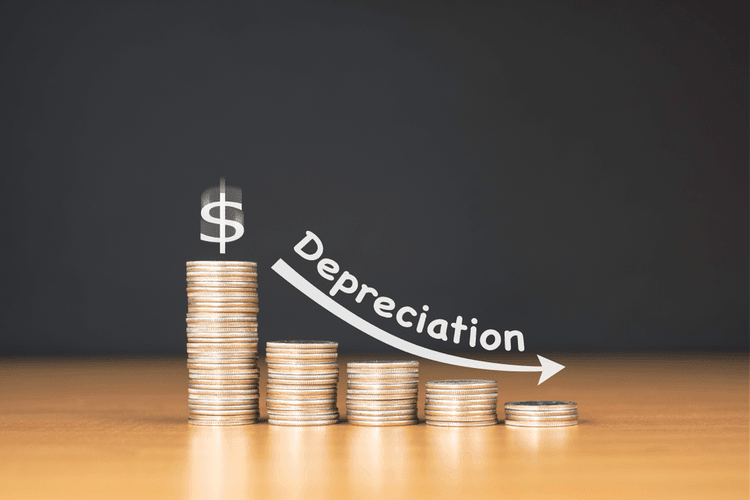
However, directly projecting EBIT is Bookkeeping for Startups seldom done in practice and is generally not recommended, especially for more complex models. The SG&A margin ratio can be informative in terms of understanding a company’s cost structure. Over the costs needed to run the business, like office supplies and admin salaries, excluding sales-related costs.
Freedom to Focus on Your Business

This insight leads to effective budgeting, forecasting, and adjusting entries strategic decision-making, ensuring you maintain a balanced approach to managing both direct and indirect costs. What’s more, thriving businesses often cultivate a cost-conscious company culture. They engage their teams in cost-saving initiatives, rewarding employees who contribute to smarter spending. This cultural mindset can make a significant difference, turning the entire workforce into guardians of the company’s financial health. For smaller businesses, this level of detail might not be as critical, so lumping everything under one ‘SG&A’ or ‘Operating Expenses’ label suffices.

How to Calculate SG&A Expenses (SG&A Formula)
In addition to this, the SG&A expenses of your company are an important factor in determining the overall financial health of your business. Furthermore, these expenses can be used to compare your company to those of other companies operating in the same industry. Essentially these are the daily running costs of your business that aren’t directly related to the production of the goods or services that you sell. They typically include rent and utilities, plus salaries and employment costs for staff as well as advertising and marketing. You might also be paying management consultants or freelancers – again each of these represents this type of expense.
SG&A (Selling, General & Administrative Expenses)
In order to make the sale, a company will need to promote itself and its products and services. Examples of selling expenses include salary and commission to the company’s sales people. Other examples include paying advertisements and organizing promotional events. These activities create demand for the company’s business and broadly categorized as “selling”. Therefore, the expenses a company incurs due to these selling activities are included in the SG&A Expense. These are the operational expenses incurred by a business to promote, sell, and deliver products or services and manage the overall organization.

Importance of Managing SG&A

It’s common to use the terms SG&A and operating expenses interchangeably, but keep in mind that SG&A is only one type of operating expense. These are the day-to-day costs a company incurs for its operations and functionality, regardless of whether or not it generates a profit. It’s common to see the terms SG&A and operating expenses used to mean the same thing, but this is inaccurate since SG&A is only one type of operating expense. SG&A costs are typically the second expense category recorded on an income statement after COGS, like on this simple income statement for XYZ Soaps Inc. Investors and lenders may demand that this information be broken out into multiple line items for their perusal. The SG&A-to-sales ratio is a measure investors use to evaluate a company’s financial efficiency.
- Controlling these costs as demand for products or services grows is crucial to a business’s profitability, but finding a balance is crucial to sustaining that growth.
- Accounting for SG&A is relatively simple, though there are some important factors to consider here as well — namely, how SG&A compares to other expenses.
- Selling (S) expenses are either direct, meaning incurred only once a product is sold, or indirect, meaning incurred before or after a sale.
- However, context matters; industry norms and business lifecycle stages should be considered when analyzing this ratio.
- One way to use selling expenses as part of profitability analysis is the ratio of SG&A to sales.
- Conversely, if these expenses bloat over time, profits could be squeezed—even if sales are up.

The difference between the SG&A expense and cost of goods sold (COGS) line item is as follows. Get stock recommendations, portfolio guidance, and more from The Motley Fool’s premium services. Likewise, what can be considered a “good” industry average varies by sector, as some industry averages are known to be lower or higher than the general average. For this reason, it’s important not to get too hung up on a “good” SG&A number. The metric can provide useful insights but doesn’t tell the whole story.
- Having timely, accurate information about your income and costs is essential.
- SG&A is usually reported on the Income Statement as an operating expense.
- OPEX are the costs involved in the company’s day-to-day operations, and typically make up the largest portion of its costs.
- Managing Selling, General, and Administrative (SG&A) expenses is key to maintaining a healthy balance between cost control and business growth.
- A lower ratio is often a sign of operational efficiency, as it indicates the company is spending less on SG&A relative to its revenue.
- Regardless of sales, a business needs to cover this mostly fixed overhead cost before it can begin to turn a profit, so understanding SG&A is important for management to understand.
- A business that is not financially sustainable will only be able to survive in the market for so long.
- You might encounter a problem when you’re analyzing income statements from two firms in the same industry.
- They are the fixed costs incurred by the company like the rent, mortgages, and insurance that need to be paid.
Some businesses include it as a subcategory of operating expenses on their income statement. While reducing SG&A can sg&a meaning boost profitability, there are risks in cutting too much or cutting the wrong areas. For example, slashing the marketing budget might reduce costs in the short term but could also result in fewer customers and lower revenue. Marketing is often an investment in future growth, so it’s essential to evaluate where cuts can be made without stalling business momentum. These are the everyday costs of keeping the business running, like rent, utilities, and office supplies.
Types of SG&A expenses
To attract the customers, businesses must promote and market themselves. Sometimes, operating expenses are listed under an “operating expenses” heading, though this is not always the case, as seen in these examples. While most of these expenses are fixed costs, distribution costs are variable.
